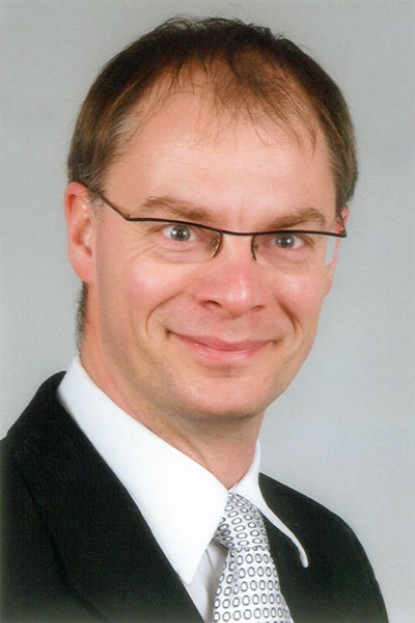Preparations for Laser Spectroscopy Measurements of 52,53Ni at BECOLA
SFB Colloquium, S2|11, 10
2025/07/21
Adam Dockery (FRIB)
Laser spectroscopy of rare isotopes has been proven to be a valuable method for determining the charge radius and electromagnetic moments to understand the structure of nuclei far from stability. The evolution of nuclear structure around doubly magic 56Ni poses an interesting test for nuclear theories, as it has shown remarkable similarity to the structure around doubly magic 48Ca,despite a softer shell closure and presence of 8 additional protons in 56Ni. Determination of the charge radii of 52,53Ni — as well as the magnetic dipole moment, electric quadrupole moment, and nuclear spin of 53N i— will provide valuable insight into the structure of neutron-poor isotopes beyond 56Ni. In addition, the charge radii of 52Ni, in combination with its previously measured mirror pair 52Cr, can provide a constraint on the slope of the symmetry energy term (L) in the nuclear equation of state. The value of L is vital to theoretical predictions of superheavy elements and neutron stars, but has only been constrained between 20 and 120 MeV with conflicting experimental results. The BEam COoling and LAser Spectroscopy (BECOLA) facility at the Facility for Rare Isotope Beams (FRIB) will be used to measure the rare isotopes 52,53Ni. The details of the experiment and the status of offline developments of the laser scheme using stable 58Ni will be discussed.


